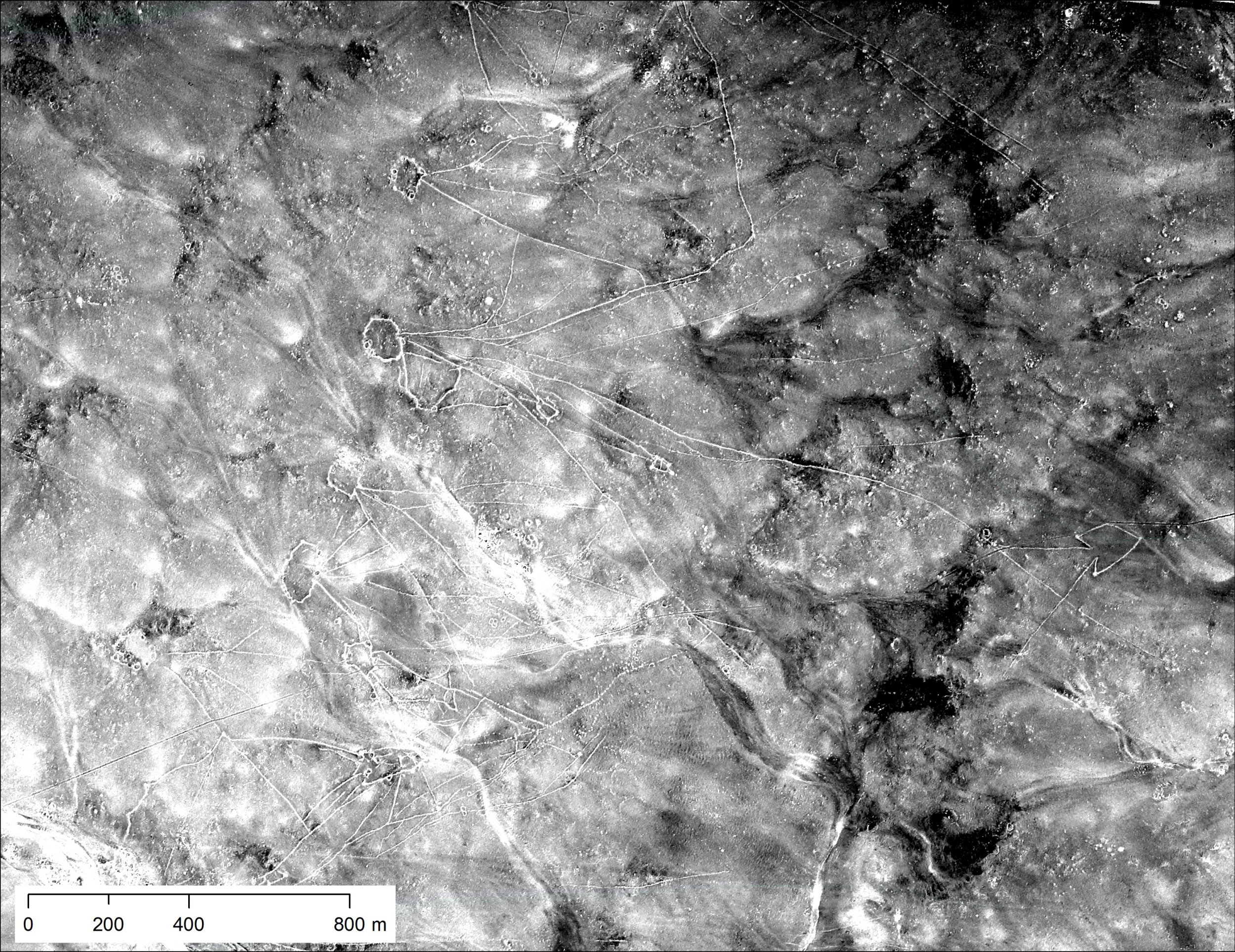
Archaeologists from Harvard and the University of Pennsylvania have used an unlikely source to give fresh perspective on the ancient mysteries of the Middle East: declassified spy plane images from the Cold War.
Emily Hammer and Jason Ur from the University of Pennsylvania and Harvard University, respectively, have scoured through extensive archives of high- and low-resolution images taken by U2 spy planes from across Europe, the Middle East and central eastern Asia, uncovering a "gold mine" of archaeological evidence.
According to a press release from the University of Pennsylvania, the experts have uncovered stone wall structures that date back 5,000 to 8,000 years. They were used to trap gazelles and other animals.
In the declassified images, the pair spotted many historical and archeological features, including prehistoric hunting traps, 3,000-year-old irrigation canals and 60-year-old marsh villages no longer visible today.
Throughout the 1950s into the 1960s, the U.S. flew U2 spy planes to record information behind the Iron Curtain, in the Soviet Union and in other foreign nations of interest. At the same time, the spy planes also captured images between their missions. Those images from decades ago have allowed archaeologists to see features from the air that are no longer visible through satellite imagery,
The only comparable images of this kind were retrieved by the Corona spy satellite program between 1959 and 1972, but the U2 images are of a higher quality. Though the pictures from the spy planes were declassified in 1997, this most recent work, published in the journal Advances in Archaeological Practice, marks the first time experts have sifted through the important images.
"The photos provide a fascinating look at the Middle East several decades ago, showing, for example, historical Aleppo long before the massive destruction wrought in the ongoing [Syrian] civil war," says Hammer, an assistant professor at the University of Pennsylvania. "Plus, the work and the accompanying online resources will allow other researchers to identify and access U2 photos for the first time."
The process of examining and categorizing all the images was time-consuming and at times tedious, but the U.S.-led team was nevertheless excited by the prospect of new discoveries. One canal system shown by the images in northern Iraq has provided clues regarding the methods of governance used by the region's early rulers.
"The Assyrians built the first large, long-lasting, multicultural empire of the ancient world, so many people are interested in how they organized territory, controlled people, built their huge cities and managed the land," Hammer says.
"The irrigation system fed the royal capitals, made agricultural surplus production possible and provided water to villages," she added.
Uncommon Knowledge
Newsweek is committed to challenging conventional wisdom and finding connections in the search for common ground.
Newsweek is committed to challenging conventional wisdom and finding connections in the search for common ground.
About the writer
Callum Paton is a staff writer at Newsweek specializing in North Africa and the Middle East. He has worked freelance ... Read more
To read how Newsweek uses AI as a newsroom tool, Click here.








